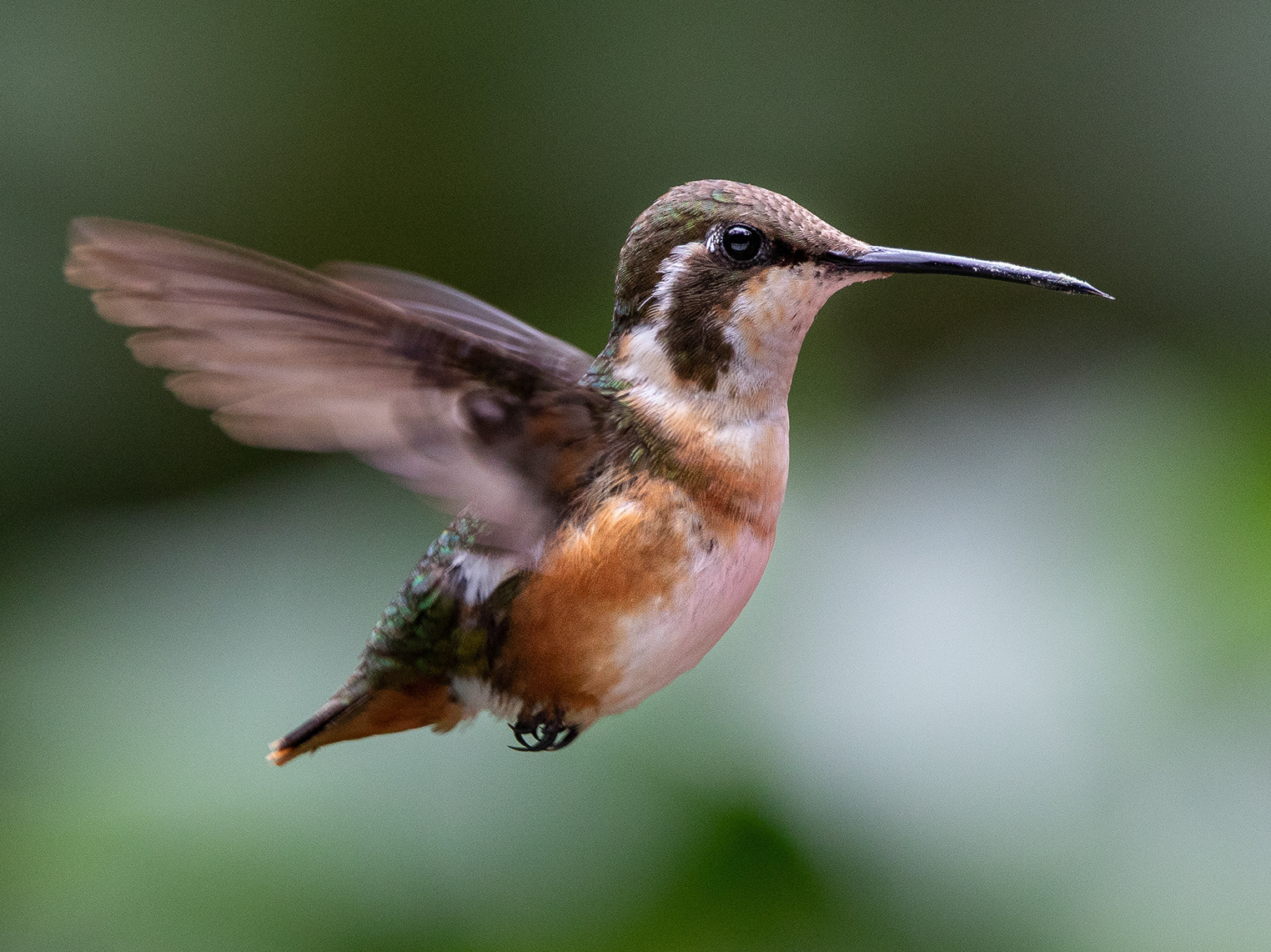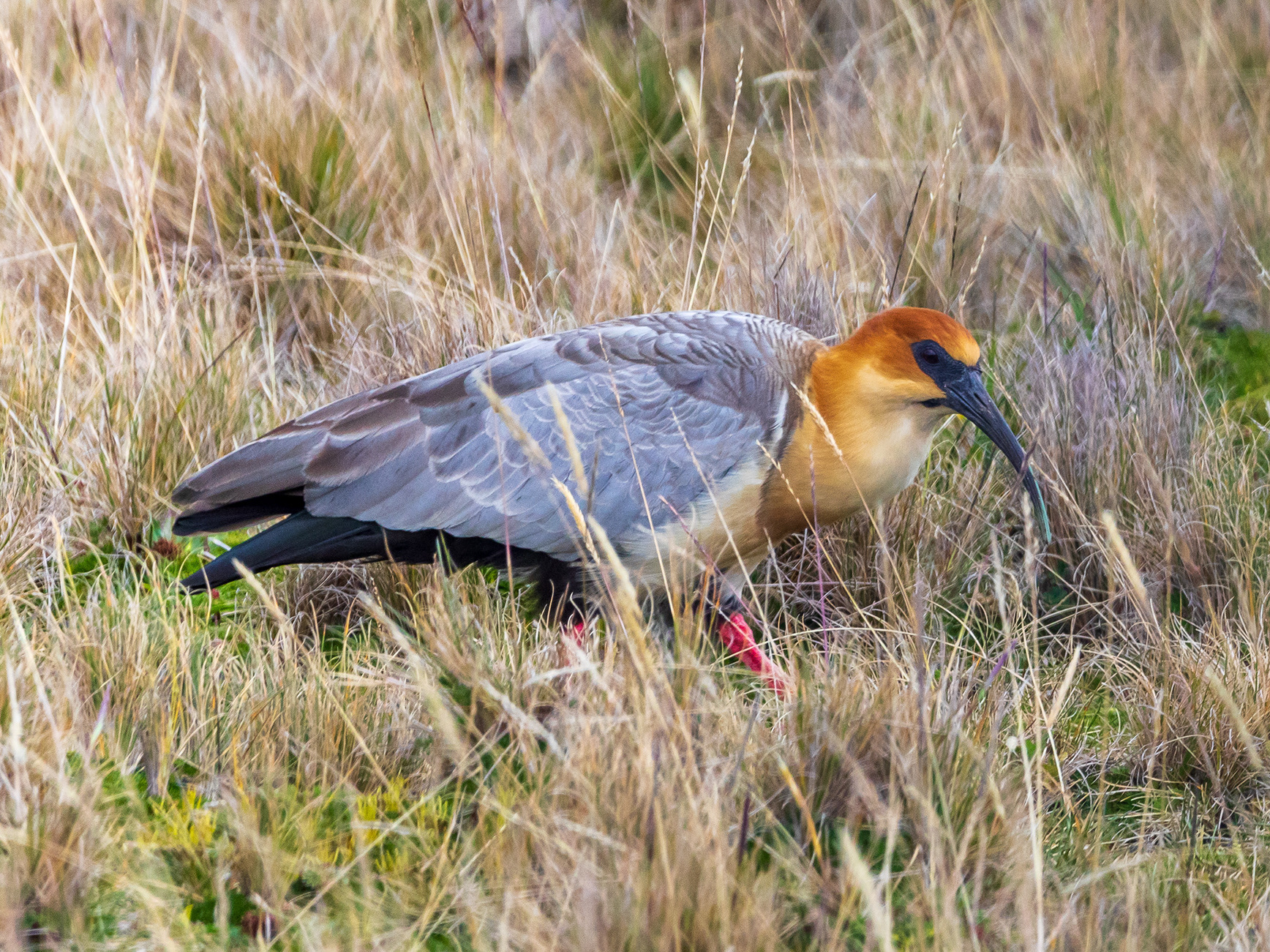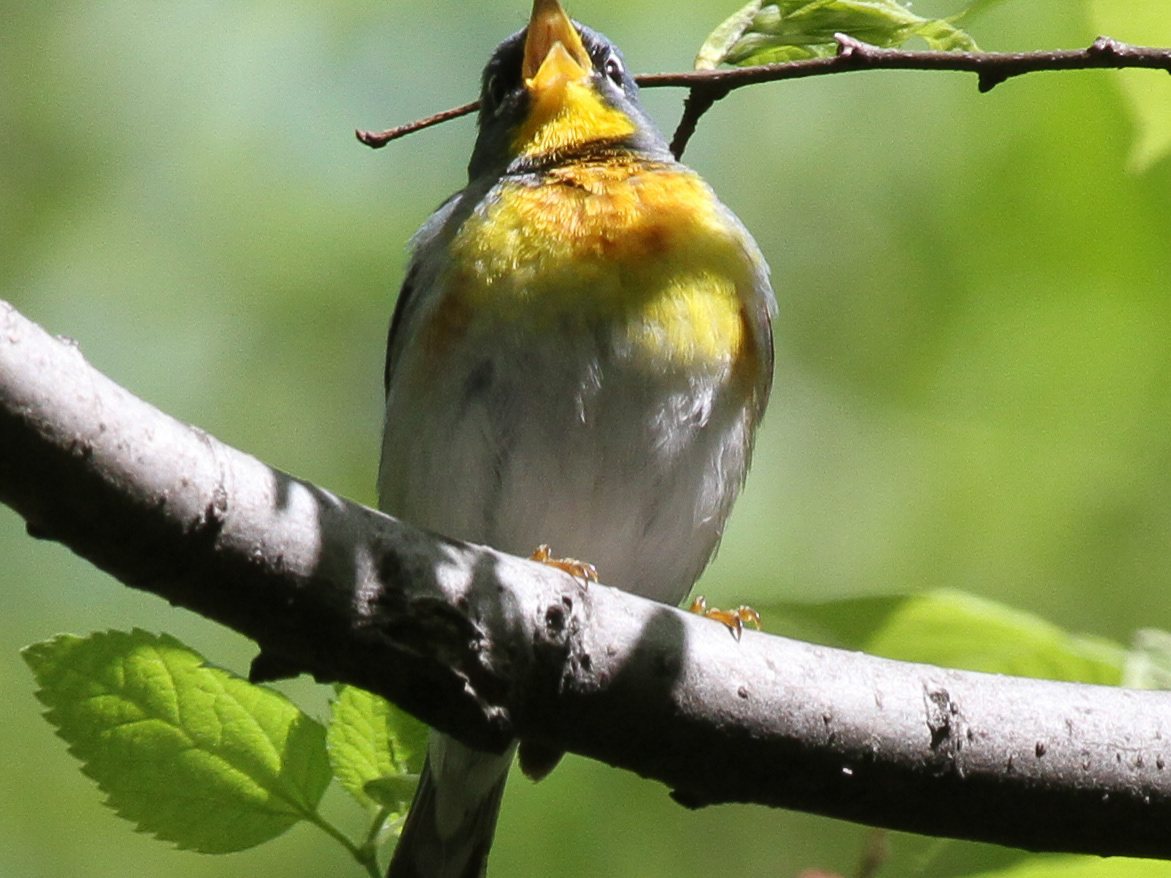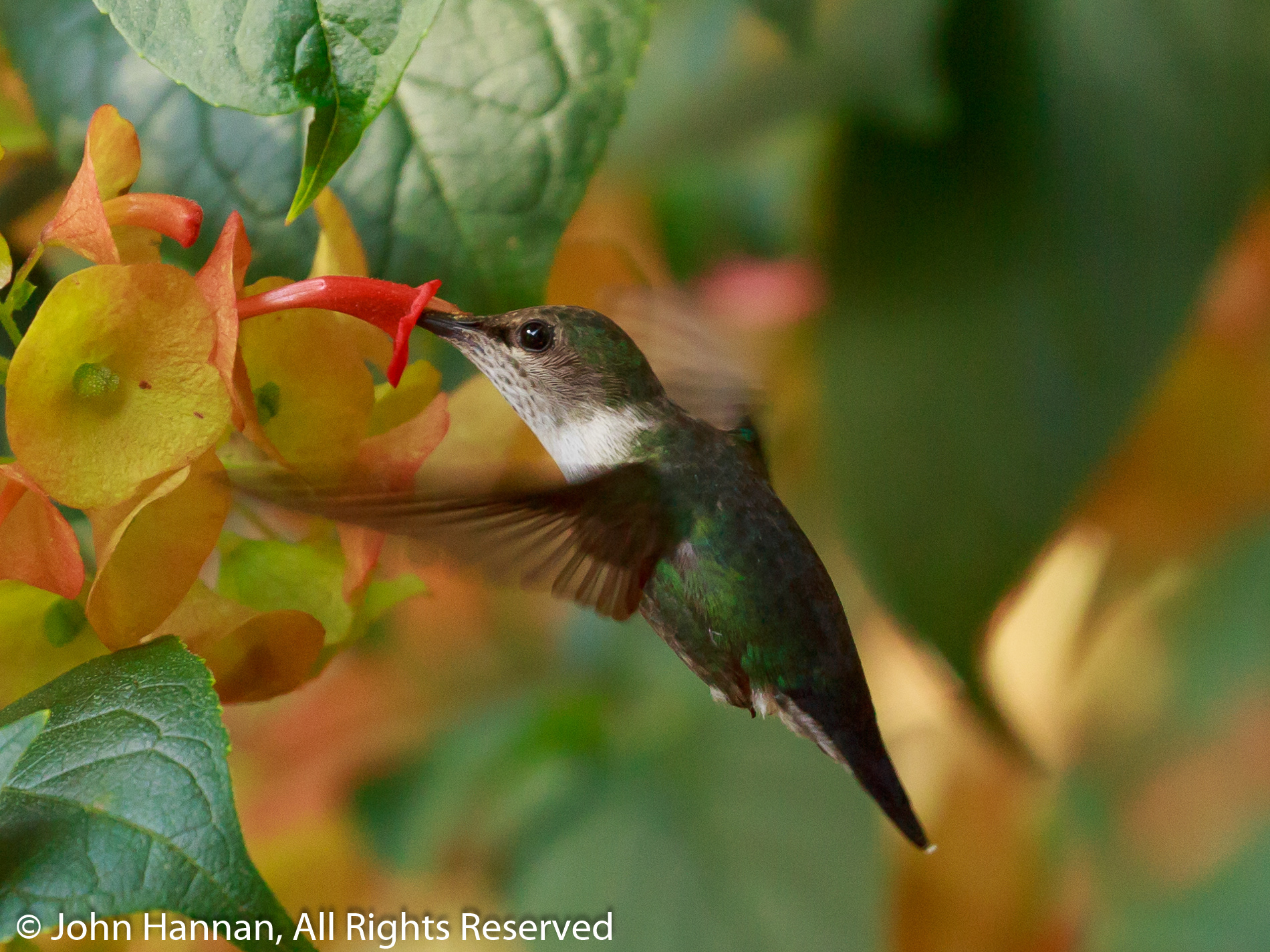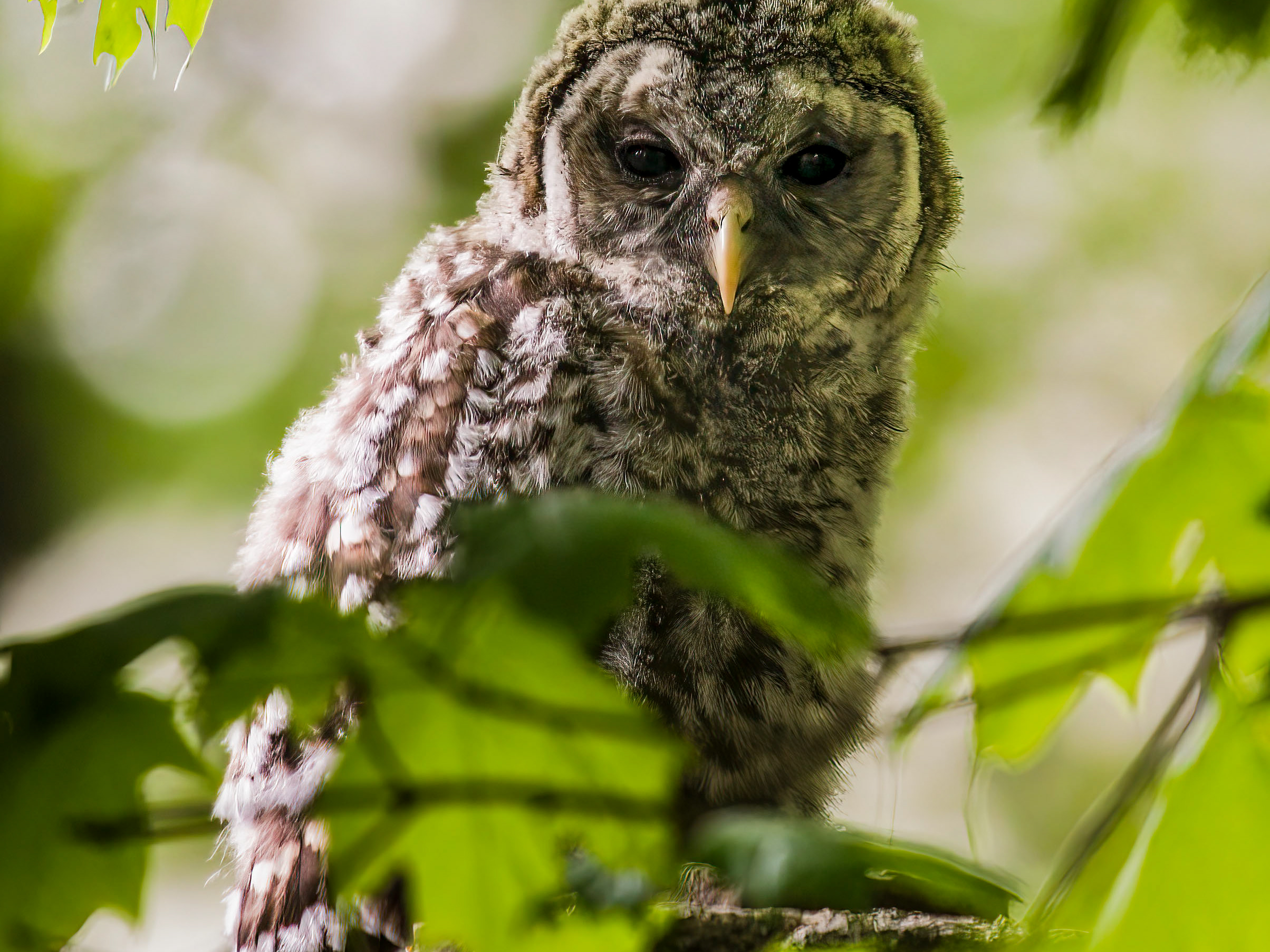The 2008 Second Atlas of Breeding Birds in New York State indentified North Salem as the last confirmed location for breeding Eastern Meadowlark and Bobolinks in Westchester County. As a livestock farm Snow Hill has converted some of its acreage to meadow and pasture. As of spring 2018 nesting Bobolinks were confirmed in Snowhill Farm pastures.
Female Bobolink observed at Snow Hill Farm pasture.
Male Bobolink in courtship with female - Snow Hill Farm, 2018.
For several years Snow Hill Farm has provided resources to an adjacent farm to make it easier for them to mow their field after Bobolinks chicks fledged and could safely leave their nests. This has greatly help expand the North Salem Bobolink population and we are now seeing adult Bobolinks seeking out smaller pastures on Snow Hill Farm, probably because they are fenced and provide safety from predators.
Male Bobolinks disputing a territory one had already set up with a female partially hidden in the hay field.
One of the most common birds of the farm is the Red-winged Blackbird. This nesting species can be observed from early spring till late fall.
Another common species from April through September is the Barn Swallow. This bird can be seen swooping low over the pastures constantly consuming gnats and other small insects . It builds its nest from mud and scraps of hay and other material it expertly gathers.
Snow Hill Farm provides nesting boxes for NY 's State Bird, the Eastern Bluebird.
As we head up the hills and transition from pasture to Snow Hills forested lands we encounter Scrubland birds such as the Brown Thrasher. This species used to be common but is seen less these days as it loses habitat, therefore it is an important nesting species for Snow Hill.
Another species you will encounter in the transition from pasture to forest at Snow Hill is the Wild Turkey.
Also keep your eyes out for Yellow-bellied Sapsuckers, one of the six species of woodpeckers recorded on Snow Hill as of 2018
Snow Hill maintains a small stock of hogs and has done some research into their use for controlling invasive plants such as Multiflora Rose.
Towards the top of the farm are fields that have been left in transition and so have a scrubland characteristic to them. These are very important there is an entire suite of species that depend on this type of habitat for their existence. These "pioneer" species include the Prairie Warbler which has become a nesting species of Snow Hill.
Another beautiful nesting species of Snow Hill's scrubland is the Indigo Bunting.
Also using scrubland is the Field Sparrow.
A species that is comfortable in forest and at backyard feeders is the Red-bellied Woodpecker, seen year round at Snow Hill.
Another year round sighting is the Song Sparrow.
As you return to the lower pastures of Snow Hill Farm you are likely to encounter some of their sheep.
Be sure to look up into the Apple Trees around the Farm's office as they will have Yellow Warblers in spring and summer "hawking" caterpillars and other insects from the leaves.
Other species seen in the fruit trees include this Northern Parula.
All around the pastures Chipping Sparrows such as this one can be heard singing their trill song.
Some of Snow Hill's bee hives.
Snow Hill has wetlands and streams running through and around it so keep your eyes out for shorebirds as well, such as this Solitary Sandpiper seen this spring, 2018.
Bobolink
Resident Red-tailed hawk
Migrating Savannah Sparrows are common in the pastures during spring and fall
Female Red-winged Blackbird defending her nesting territory
Indigo Bunting
Red-tailed Hawk
Eastern Phoebe
Ruby-crowned Kinglet
Always possible to see a Bald Eagle soaring over the Farm as they nest in the area and winter as well.

